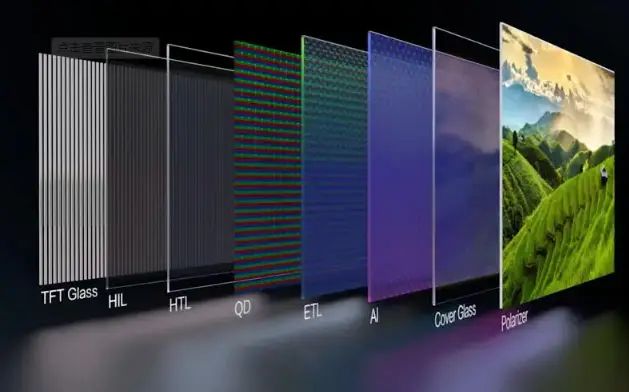
 Global Hotline
Global Hotline
In the digital era, display modules have become integral to modern life. Serving as critical interfaces for human-device interaction, they power smartphones, tablets, TVs, automotive displays, and more. Let’s explore the essentials of display modules and their evolving role in technology.

What is a Display Module?
A display module is a compact unit integrating a display panel, driver circuits, backlight systems (for LCDs), and essential components. Core technologies include LCD (liquid crystal display) and OLED (organic light-emitting diode). While LCDs rely on backlighting and offer cost efficiency, OLEDs deliver self-emissive pixels with superior contrast and response times.
Key Applications
Display modules enable:
Consumer Electronics: High-resolution screens for smartphones, tablets, and 4K/8K TVs.
Automotive: Interactive dashboards, infotainment, and driver-assist systems.
Industrial & Medical: Reliable interfaces for control panels and diagnostic equipment.
Smart Retail: Digital signage and interactive kiosks.
Innovation & Future Trends
Emerging technologies are reshaping the industry:
MicroLED/QLED: Brighter colors, lower power consumption, and enhanced durability.
Flexible Displays: Foldable and rollable screens enabling revolutionary device designs.
Sustainability: Eco-friendly materials and energy-efficient manufacturing processes.
Conclusion
As a cornerstone of digital innovation, display modules continue to redefine visual experiences across industries. From cutting-edge consumer gadgets to mission-critical systems, they bridge the gap between users and technology. Stay ahead by embracing the evolution of display solutions.